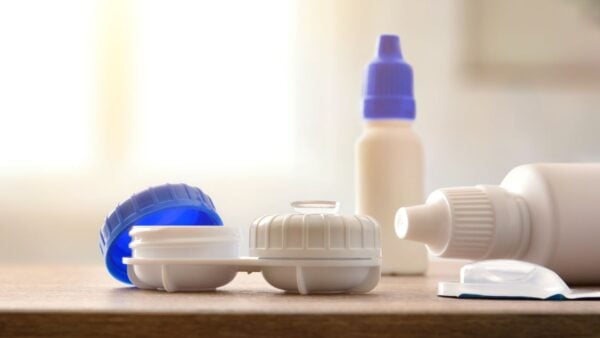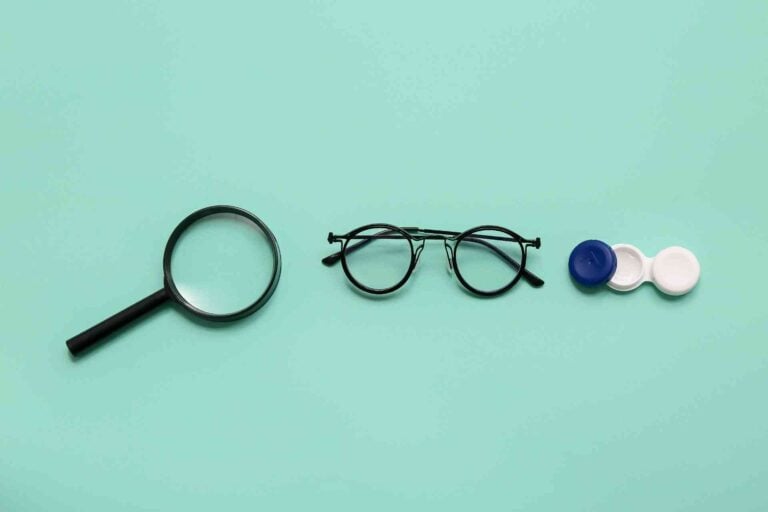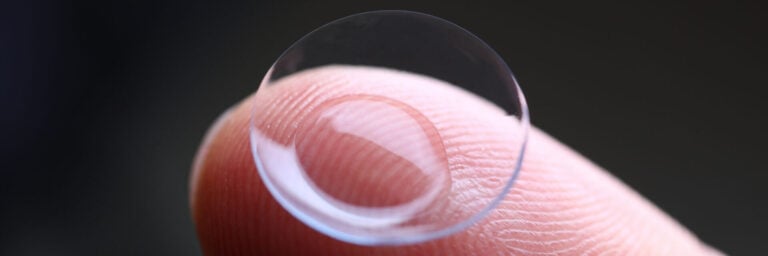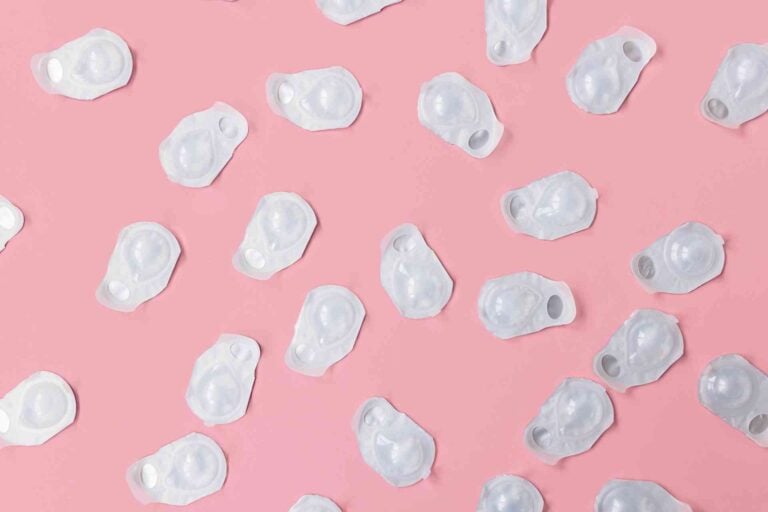
Daily vs Monthly Contacts

Paul Slusher
CEO
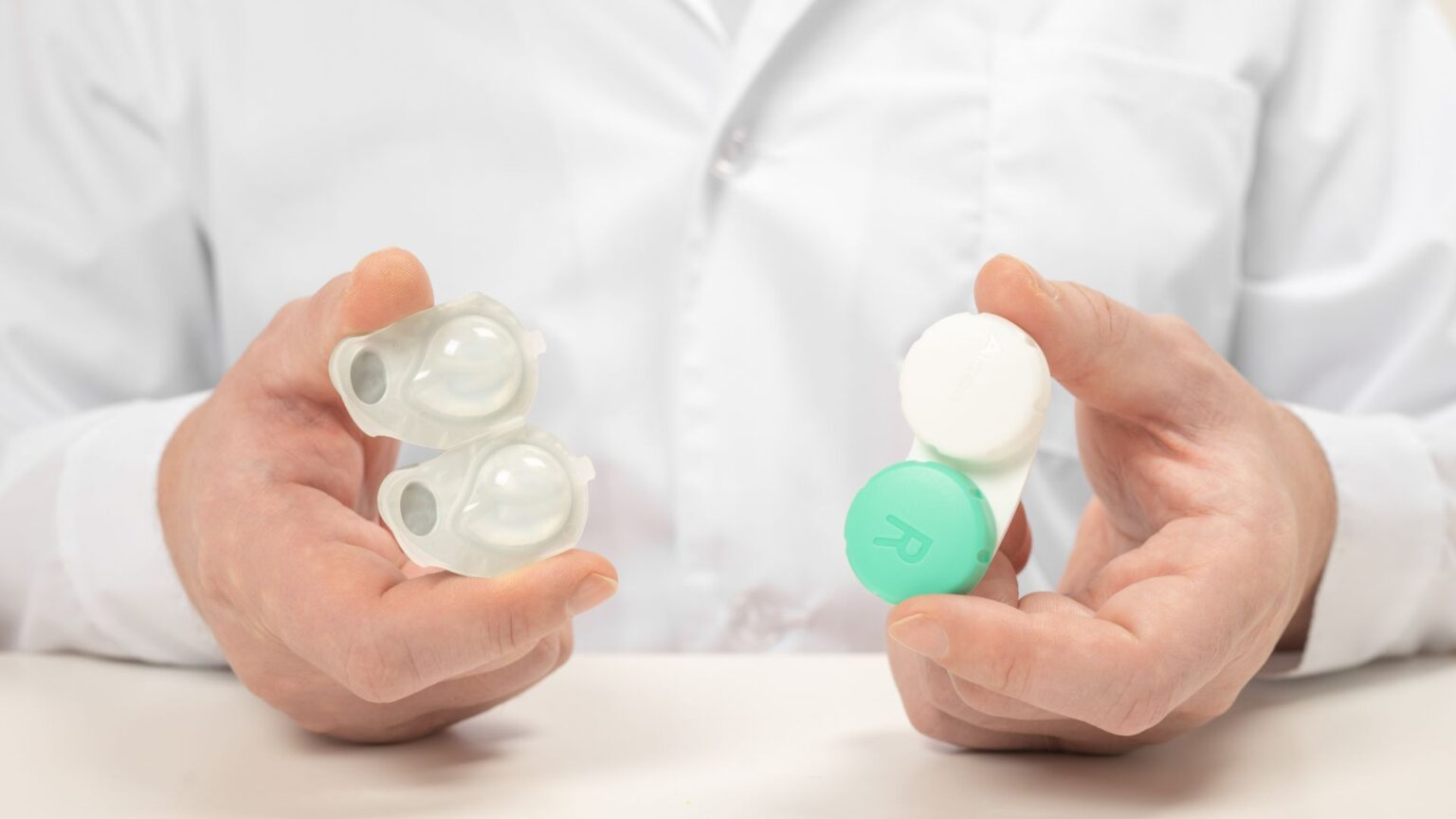
If you’re trying to decide between daily contact lenses and monthly contacts, cost may be one of your biggest concerns. With so many brands, lens quantity, and wear schedules to choose from, figuring out which option is more affordable over time can be confusing. The most common wear schedules are daily and monthly lenses. Both offer clear vision and freedom from glasses, but their use, maintenance, and price are considerably different.
In this article, we’ll break down the cost differences between daily and monthly contacts to help you make the right lens choice based on your finances and lifestyle. Whether you’re wearing lenses every day or just a few times a week, we’ll help you understand what you’re paying for and how to get contacts for the best value on your next order.
What Are Daily and Monthly Contacts?
Daily and monthly contact lenses are both soft, flexible lenses made from oxygen-permeable materials designed to correct vision. The key difference between them lies in how long each lens can be worn before being discarded or replaced and how they are manufactured.
Daily Contact Lenses
Daily contact lenses, also known as daily disposables, are designed for single use only. Once opened and worn for a day, they are discarded and replaced with a fresh pair the next morning. These lenses are typically made from thinner, slightly more delicate materials since they do not need to withstand repeated handling or cleaning. They are packaged individually in sterile blister packs and commonly sold in boxes of 30 or 90 lenses. Daily disposable contact lenses do not require any storage or cleaning, as each one is discarded at the end of the day. This is the fastest growing segment of contact lenses due to the simple and easy to use and discard method.
Monthly Contact Lenses
A pair of monthly contact lenses, or extended-wear contact lenses, can be worn for up to 30 days in most cases (with a few lenses being what are known as “two week lenses”). After each day’s use, they must be removed, cleaned with a multipurpose solution, and stored overnight in a contact lens case. Because they are intended to last an entire month, monthly lenses are made from sturdier silicone hydrogel materials that can hold up to repeated handling, cleaning, and exposure to disinfecting solutions. These lenses are usually sold in boxes of three or six lenses per eye, enough to last several months, depending on your wear schedule.
Cost Comparison Breakdown
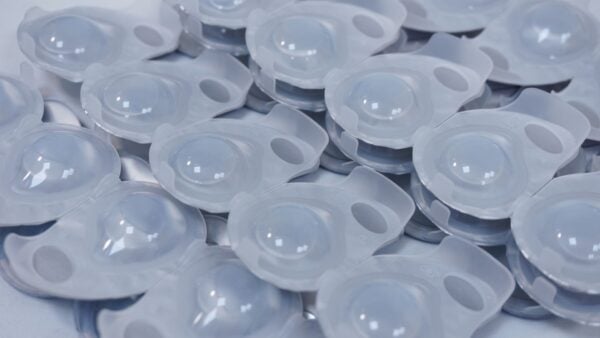 For anyone wearing contact lenses regularly, the total cost over time can add up quickly. Comparing daily and monthly lenses isn’t just about the price per box. It’s about how those costs scale annually when worn in both eyes. Here’s a breakdown using up-to-date discount pricing from our website.
For anyone wearing contact lenses regularly, the total cost over time can add up quickly. Comparing daily and monthly lenses isn’t just about the price per box. It’s about how those costs scale annually when worn in both eyes. Here’s a breakdown using up-to-date discount pricing from our website.
|
Lens type |
Box sizes available | Average price per box | Cost per lens |
Annual cost (both eyes) |
| Daily disposables |
30, 90, 180 |
$35 – $184 | $1.02 – $1.16 |
$745 – $840 |
| Monthly disposables |
2, 6, 12 |
$30 – $154 | $8.00 – $25.00 |
$136 – $620 |
Based on this pricing, monthly disposable contacts are typically the more affordable option for full-time lens wearers. Even at the high end, they cost significantly less than daily lenses when worn every day.
Daily contacts, while more convenient and hygienic, generally come with a higher annual price tag. That said, occasional wearers may still find dailies more practical since they’re only paying for what they use and don’t need to invest in cleaning products. Also, daily wearers can go off wearing contacts for a period of time without compromising or having to monitor the time frame in which they wore their monthly lenses. Many contact lens wearers don’t wear them everyday, as some use them only for sports, going out on the town or during other situations in which wearing eyeglasses are a concern.
Benefits of Daily Disposables vs Monthly Lenses
Each lens type offers unique advantages that can make a meaningful difference depending on how you wear them, so let’s look at the benefits of daily and monthly contact lenses.
|
Daily Contact Lenses |
Monthly Contact Lenses |
| No cleaning required: Daily lenses are worn once and thrown away, so there’s no need to clean, rinse, or store them overnight. | Lower cost for daily use: When worn consistently, monthly lenses are more affordable per day than daily disposables. |
| Maximum hygiene: Because you start with a sterile, untouched lens every morning, daily contacts have a lower risk of contamination. | Less packaging waste: Monthly lenses use fewer blister packs and materials, reducing plastic waste over time. |
| Ideal for allergy sufferers: Fresh lenses each day help avoid the buildup of allergens and proteins that can trigger eye irritation. | Fewer replacements to manage: You only need a new pair once a month, which makes ordering and tracking supplies much simpler. |
| Best for irregular wear: If you only wear contacts occasionally, you’ll only use what you need without wasting unused lenses. | More durable materials: Monthly lenses are built with thicker material to last through repeated wear and daily handling for an entire month. |
| Great for travel: You can skip packing solutions and cases, making dailies more convenient for on-the-go routines. | Wider brand and design selection: Many advanced and specialized lens designs are available exclusively in monthly formats. |
| Simplifies routine for kids and teens: Without the need for cleaning steps, daily lenses reduce the chance of user error. | Easier to find custom prescriptions: Toric, multifocal, and other specialized prescriptions are often easier to source in monthly lenses and usually require a contact lens fitting to ensure proper vision correction. |
Downsides of Daily vs Monthly Contact Lenses
While both lens types have their strengths, they also come with trade-offs. Let’s look at the downsides of daily and monthly contact lenses to help you weigh the potential drawbacks of each.
|
Daily Contact Lenses |
Monthly Contact Lenses |
| Higher long-term cost: When worn every day, daily lenses usually cost more per year than monthly options. | Requires daily maintenance: You need to clean, rinse, and store lenses properly each night to keep them safe and comfortable. |
| More plastic packaging: Daily lenses come in individual blister packs, creating more waste compared to monthly disposable lenses. | Higher risk of contamination: Because lenses are reused for 30 days, poor cleaning habits can lead to infections or irritation. |
| Limited specialty options: Fewer daily lenses are available in toric, multifocal, or custom prescriptions. | Can be uncomfortable at the end of the month: Some lenses may feel less comfortable as they approach the end of the 30-day wear period. |
| Less environmentally friendly: Frequent disposal of lenses and packaging increases the environmental footprint. | Must carry cleaning supplies: If you travel or stay overnight elsewhere, you’ll need to bring contact lens solution and a lens case. |
| Short shelf life after opening: Once a box is opened, lenses must be used relatively soon, or they may expire unused. | More effort required: Proper care takes time and attention, which may not suit people with busy or inconsistent routines. |
Which Is the Smarter Choice Based on My Budget and Lifestyle?
Use the chart below to match your contact lens priorities with the lens type that best supports them.
|
What You Care About Most |
Smarter Choice |
| “I want fresh, sterile lenses without worrying about cleaning.” | Daily contact lenses |
| “I want the most affordable long-term option.” | Monthly contact lenses |
| “I wear contacts occasionally and don’t want to waste lenses.” | Daily contact lenses |
| “I need specialty lenses like toric or multifocal.” | Monthly contact lenses |
| “I don’t want to spend time cleaning or storing lenses.” | Daily contact lenses |
| “I want the lowest cost, even after adding in contact solution.” | Monthly contact lenses |
| “I travel frequently and need the simplest option.” | Daily contact lenses |
| “I’m trying to generate less plastic and packaging waste.” | Monthly contact lenses |
| “I have sensitive eyes or allergy issues.” | Daily contact lenses |
| “I want something that’s easy to reorder and manage.” | Monthly contact lenses |
| “I have trouble remembering how long I’ve worn a pair.” | Daily contact lenses |
| “I prefer fewer deliveries and want to buy in bulk less often.” | Monthly contact lenses |
| “I want to minimize the risk of eye infections.” | Daily contact lenses |
| “I wear contacts every day and don’t want to be replacing them.” | Monthly contact lenses |
| “I need lenses that feel comfortable late into the day.” | Daily contact lenses |
Best Brands for Daily and Monthly Contact Lenses
Whether you wear contacts every day or just occasionally, choosing a trusted brand can make all the difference in comfort, clarity, and eye health. Below is a list of top daily and monthly contact lens brands available through Contacts For Less, each with a strong reputation for quality and performance.
|
Daily Contact Lenses |
Monthly Contact Lenses |
| Acuvue offers a range of daily options like 1-Day Acuvue Moist and Oasys MAX, known for high moisture retention and UV protection. | Acuvue monthly lenses (like Acuvue Vita) provide consistent comfort for full-time wearers and are trusted for their breathability and smooth surface design. |
| Dailies from Alcon deliver reliable comfort and hydration, including AquaComfort Plus and Dailies Total 1, offering a premium water gradient design ideal for dry or sensitive eyes. | Air Optix lenses are known for high oxygen permeability and surface technology that resists deposits, ideal for sensitive or dry eyes. |
| BioTrue lenses mimic the eye’s natural moisture balance and retain nearly 100% hydration for up to 16 hours – ideal for long wear days. | Biofinity by CooperVision are a top choice for their breathable silicone hydrogel design and excellent all-day hydration. |
| Clariti 1-Day lenses combine silicone hydrogel material with UV protection, offering a good balance of health, comfort, and affordability. | Proclear monthly lenses offer strong hydration for dry eyes and are often recommended for wearers with high water content needs. |
| MyDay lenses provide premium comfort through smart silicone chemistry, delivering high oxygen flow with a soft, flexible feel. | Serenity monthly contacts offer dependable quality and cost-effective comfort for everyday wear. |
| Precision 1 by Alcon feature SmartSurface technology for stable, all-day moisture and sharp vision. | Ultra by Bausch + Lomb is a popular monthly for those who seek a moist lens, due to its “moisture seal” technology. |
| Proclear 1-Day lenses retain up to 96% of their moisture after 12 hours, making them ideal for people prone to dry eyes. | Total30 by Alcon brings water gradient technology to monthly wear, offering a soft surface that stays smooth and hydrated all month long. |
Ready to Choose the Contact Lenses That Fit Your Life?
Whether you choose daily or monthly contacts, the decision doesn’t have to be complicated. It’s ultimately a question of what fits best with your lifestyle, budget, and personal preference.
Whichever lens type you choose, Contacts For Less makes it easy to save on top brands while supporting global causes with every order. That means you’re not only making the smart choice for your eyes and your wallet with heavily discounted contact prices, you’re doing something good for the planet, too.


 US website
US website